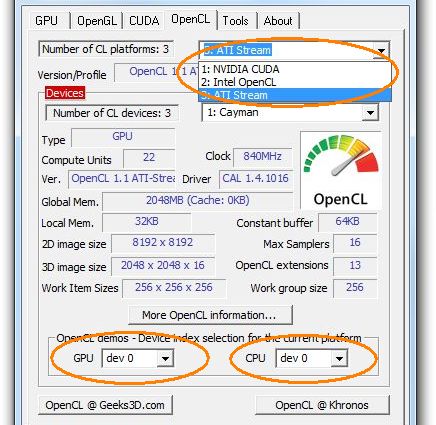

On my test system, the first key was not present and the second key was present but with a value that didn’t work… This key lists all OpenCL implementations (see the cl_khr_icd OpenCL extension for more details). For 32-bit apps on Windows 64-bit, the key is: KEY_LOCAL_MACHINE\SOFTWARE\WOW6432Node\Khronos\OpenCL\Vendors. The OpenCL ICD (Installable Client Driver, the OpenCL.dll shipped with the graphics driver) tries to load all OpenCL implementations described in the HKEY_LOCAL_MACHINE\SOFTWARE\Khronos\OpenCL\Vendors key (64-bit app on Win64 or 32-bit app on WIn32) of the registry. Here is the tweak to enable OpenCL support for Intel processors. Let’s see the same support with a 64-bit app like the prototype of the upcoming GPU Shark 2: – CPU: Intel Core i7-8700K + UHD Graphics 630 + Intel v6444 driver But here is a way to enable the Intel OpenCL support on Windows 32-bit and 64-bit with a simple registry tweak.īefore tweaking the registry, here is the OpenCL support on my test system:

Probably a savory story of drivers (AMD?). So why is Intel OpenCL support disabled when an AMD Radeon GPU is present? Sorry, I don’t have the answer. If you search for Intel OpenCL related files with Explorer or Regedit, you will quickly find that all OpenCL driver files are there. On a Windows 10 system with an AMD Radeon GPU and an Intel GPU (desktop or notebook), with graphics drivers installed for both GPUs, I bet you will see that OpenCL is limited to the AMD GPU only.


 0 kommentar(er)
0 kommentar(er)
